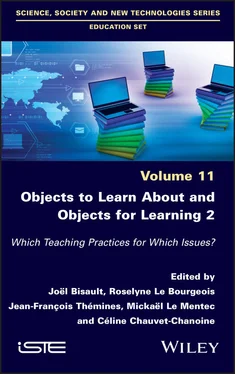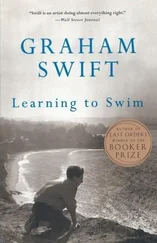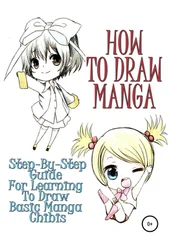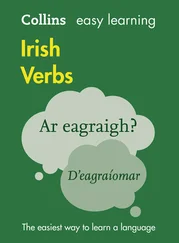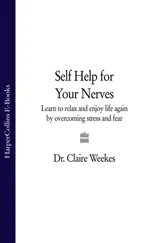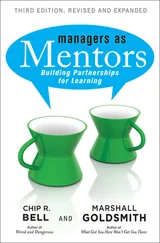97 87
98 88
99 89
100 90
101 91
102 92
103 93
104 94
105 95
106 96
107 97
108 98
109 99
110 100
111 101
112 102
113 103
114 104
115 105
116 106
117 107
118 108
119 109
120 110
121 111
122 113
123 114
124 115
125 116
126 117
127 118
128 119
129 120
130 121
131 122
132 123
133 124
134 125
135 126
136 127
137 128
138 129
139 130
140 131
141 132
142 133
143 134
144 135
145 136
146 137
147 138
148 139
149 140
150 141
151 142
152 143
153 145
154 146
155 147
156 148
157 149
158 150
159 151
160 152
161 153
162 154
163 155
164 156
165 157
166 158
167 159
168 160
169 161
170 162
171 163
172 164
173 165
174 167
175 168
176 169
177 170
178 171
179 172
180 173
181 174
182 175
183 176
184 177
185 178
186 179
187 180
188 181
189 182
190 183
191 184
192 185
193 186
194 187
195 188
196 189
197 190
198 191
199 193
200 194
201 195
202 196
203 197
204 198
205 199
206 200
207 201
208 202
209 203
210 204
211 205
212 206
213 207
214 208
215 209
216 211
217 213
218 214
219 215
220 216
221 217
222 218
223 219
224 220
225 221
226 222
227 223
228 224
229 225
230 226
231 227
232 229
233 230
234 231
235 232
236 233
237 234
238 235
239 236
240 237
241 238
242 239
243 240
244 241
245 242
246 243
247 244
248 245
249 246
250 247
251 248
252 249
253 250
254 251
255 252
256 253
257 254
258 255
259 256
260 257
261 258
262 259
263 260
264 261
265 262
266 263
267 264
268 265
269 267
270 268
271 269
272 270
273 271
274 272
275 273
276 274
277 275
278 276
279 277
280 279
281 280
282 281
Education Set
coordinated by
Angela Barthes and Anne-Laure Le Guern
Volume 11
Objects to Learn About and Objects for Learning 2
Which Teaching Practices for Which Issues?
Edited by
Joël Bisault
Roselyne Le Bourgeois
Jean-François Thémines
Mickaël Le Mentec
Céline Chauvet-Chanoine

First published 2022 in Great Britain and the United States by ISTE Ltd and John Wiley & Sons, Inc.
Apart from any fair dealing for the purposes of research or private study, or criticism or review, as permitted under the Copyright, Designs and Patents Act 1988, this publication may only be reproduced, stored or transmitted, in any form or by any means, with the prior permission in writing of the publishers, or in the case of reprographic reproduction in accordance with the terms and licenses issued by the CLA. Enquiries concerning reproduction outside these terms should be sent to the publishers at the undermentioned address:
ISTE Ltd
27-37 St George’s Road
London SW19 4EU
UK
www.iste.co.uk
John Wiley & Sons, Inc.
111 River Street
Hoboken, NJ 07030
USA
www.wiley.com
© ISTE Ltd 2022
The rights of Joël Bisault, Roselyne Le Bourgeois, Jean-François Thémines, Mickaël Le Mentec and Céline Chauvet-Chanoine to be identified as the authors of this work have been asserted by them in accordance with the Copyright, Designs and Patents Act 1988.
Any opinions, findings, and conclusions or recommendations expressed in this material are those of the author(s), contributor(s) or editor(s) and do not necessarily reflect the views of ISTE Group.
Library of Congress Control Number: 2021949741
British Library Cataloguing-in-Publication Data
A CIP record for this book is available from the British Library
ISBN 978-1-78630-774-3
Preface
From a Conference to a Book on the Role of Objects in the Practices of Teachers
This book is the result of the communications that took place during the conference organized by CAREF (the Amiens Center for Research in Education and Training), part of the University of Picardie Jules Verne, Amiens. This conference, entitled “ Objets pour apprendre, objets à apprendre : quelles pratiques enseignantes pour quels enjeux ?” (Objects to Learn About and Objects for Learning: Which Practices for Which Issues?), took place on June 11 and 12, 2019, following a study day on the same theme held on December 10, 2014, in Amiens.
The objective of this colloquium was to question the place and role of objects mobilized within classical or innovative pedagogical practices, from kindergarten to university, in France and in other national contexts. It favored a transversal approach that enabled a coming together of various educational fields (disciplines, subjects, fields of activity), comparing the views of practitioners, trainers and researchers, statuses that are sometimes held cumulatively by the same individuals. From this perspective, the work of the conference focused on the objects that teachers and educators use, ask for, call upon, interrogate or create, together with their pupils, in the various educational fields.
We consider an object to be a “learning object” if it is included within a teaching–learning project. The use of one or more objects results from a pedagogical choice made by the teacher or the facilitator; this choice, restricted to a greater or lesser degree by the institution, is more generally an educational decision, or a policy decision. This object must be considered both in its materiality that permits engagement with the senses and under other aspects – the object as a production, as a creation, as a symbol, etc. – enabling it to be engaged in a variety of ways, both material and intellectual. It is generally considered not on its own but within a wider set of objects, functions and uses that form a system within or outside the educational context. Moreover, each object is generally involved in a set of relationships: it can also be considered singular or general, contingent or universal, moving from uniqueness to collection or series, from its singularity to the category that encompasses it, the same term sometimes pointing to these different definitions. These “objects for learning” are also “objects to learn about” when the learning objective for the pupils or for the teachers is the object itself: the term “object” then covers a set of knowledge and skills associated with a specific area of learning.
Choosing these objects, the ways in which one makes use of them and the effects that one expects from them are first and foremost a matter of the point(s) of view: these points of view can be very different according to the field in which these objects are apprehended or according to the educational level. The status and nature of the objects in the classroom are diverse, as Joël Lebeaume analyzes in the introductory text to this book: some exist outside school, others are designed specifically for educational or, more specifically, school uses; some of them remain school objects despite being obsolete in everyday life (the Roberval balance 1, the 4.5 V battery 2); conversely, others have disappeared from schools (slide rules, spirit duplicators and other now-vintage objects). Certain objects are integrated into the school tradition and are iconic of particular disciplines (geography wall maps, the compass, the set square, the microscope, the chronological timeline and flash cards), areas of learning (temporal and spatial points of reference, learning about the world 3, etc.) or even more generally of the school (posters, mascots, etc.). Furthermore, the generalization of information and communication technologies legitimizes the introduction or integration of new objects or systems in the classroom.
Читать дальше
